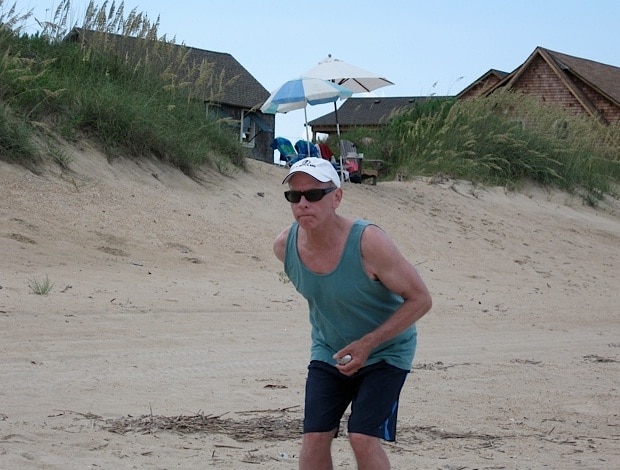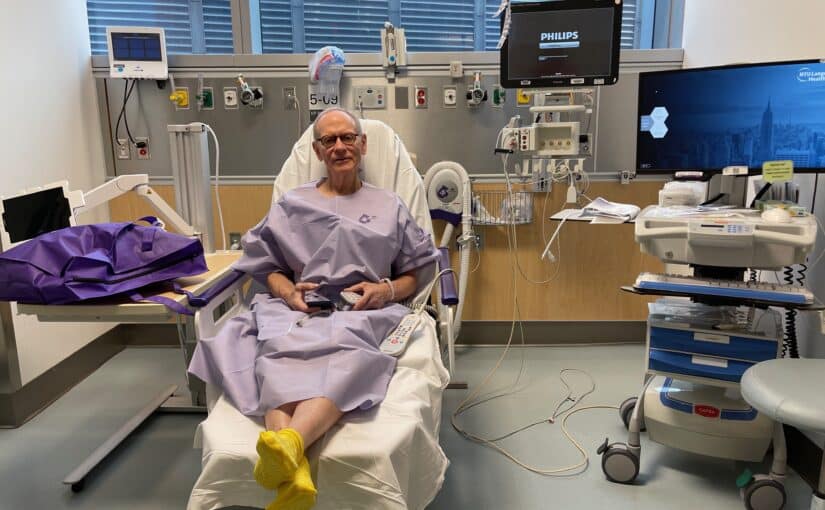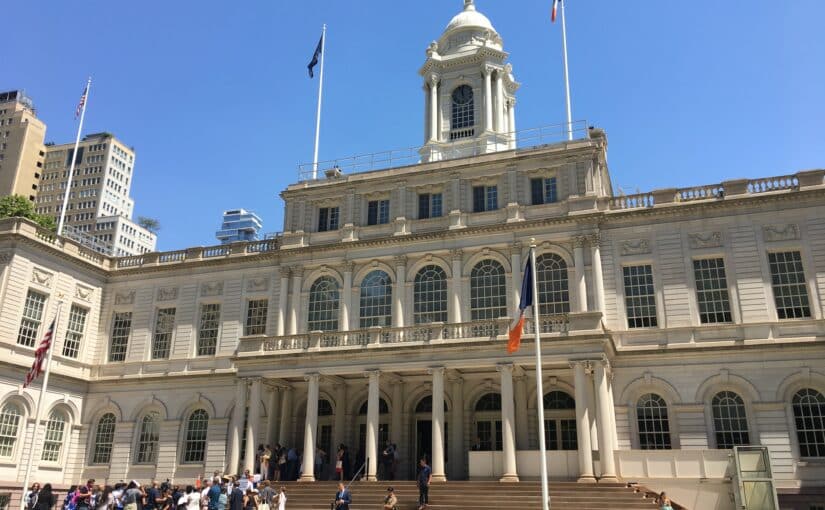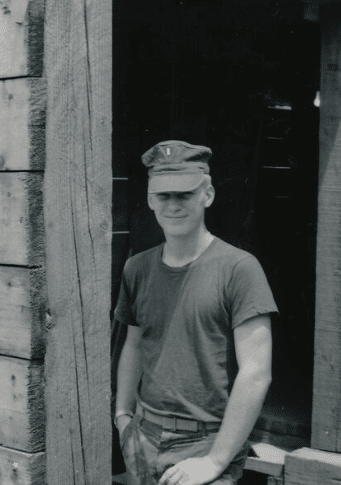by Nick Taylor
Saturday morning. It’s barely light, there’s snow in the air and slush in the New York City gutters, and I want to pull up the covers and go back to sleep. But there’s one thing that will get me up on a day like this, push me past the stiffness of old joints and out into the cold. That’s my tennis game.
The game started around the time I was born. I’m only part of its latest iteration. There are eight of us, all older players, and the game is central to our lives. We love the camaraderie and competition. We strive to harness and improve our physical skills even at the age when they deteriorate. When we hit the court, the game begins anew, full of possibilities. We’re as young as ever, and we play to win. It’s exhilarating!
And it’s not just tennis. It’s all games. People my age, a little younger and even much older, are competing at a range of sports in unprecedented numbers. Consider that there are 16.7 million baby boomers playing softball. More older athletes play sports than ever before. We’ve extended a cultural fitness revolution into new territory.
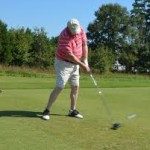 Former University of Florida golfer Bob Jewett, now a Level III-certified instructor in his late sixties, says, “We guys never grow up and we never lose the desire to compete, and most of us are happier than ever.
Former University of Florida golfer Bob Jewett, now a Level III-certified instructor in his late sixties, says, “We guys never grow up and we never lose the desire to compete, and most of us are happier than ever.
“Some of us practice a lot, others take a lot of lessons, others are always looking for new equipment, others are always trying to change their swings — we are just trying to improve. It must sound silly at our age, but we really do want to improve. And occasionally we do see a glimmer of hope.
“Like I always say, I feel sorry for any man who grows up.”
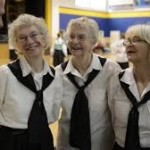 They feel the same way at Iowa Granny Basketball, a woman’s league that has branched out into three other states. “We laugh, we fall down, we giggle, we get up,” one team organizer said. “We’ve got to keep moving so we won’t stiffen up when we get old.”
They feel the same way at Iowa Granny Basketball, a woman’s league that has branched out into three other states. “We laugh, we fall down, we giggle, we get up,” one team organizer said. “We’ve got to keep moving so we won’t stiffen up when we get old.”
The explosion of older athletes playing team sports from ice hockey to basketball, as well as runners, skiers, and bicyclers, dates to over forty years ago when Americans started to get fit. Ken Cooper published Aerobics and invented a noun. Runners, once confined to track meets, began appearing everywhere. Phil Knight founded Nike and buried canvas sneakers in an avalanche of athletic shoes for every sport. Jane Fonda put exercise to video and music and told us to “feel the burn.” Private gyms sprouted up and “cardio” joined “aerobics” in the dictionary. Health and fitness became a goal, and then a way of life.
We’ve worked at fitness for decades. It’s been part of our lives and we’re not giving it up now. We’ve turned to sports – or returned to sports we used to play – because they make fitness fun in a way that visits to the gym can’t do all by themselves.
Granny Basketball is only one example of the leagues and teams and associations that populate this growing trend. The Gerihatricks are ice hockey players in their 60s and 70s who play outside of Washington, D.C., and other seniors strap on their skates in similar leagues across the country. The Colonie Senior Basketball League near Albany, N.Y. has fourteen teams of players over 50, with divisions for players into their 70s. Similar leagues exist from coast to coast. Senior Softball USA includes 30,000 players who compete in tournaments nationwide; they’re a small portion of the millions of boomers who play slow-pitch softball in church and recreational leagues, according to the Sports & Fitness Industry Association.
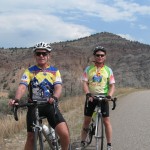 The Vail 50, an over-50s club of skiers, bicyclers and hikers in Colorado’s Vail Valley, is 900 members and growing; they take skiing master classes to tackle black diamond slopes and pedal 100 miles a day on mile-high roads. Older tennis players, golfers and runners and bicyclists, organized and freelance, also number in the millions.
The Vail 50, an over-50s club of skiers, bicyclers and hikers in Colorado’s Vail Valley, is 900 members and growing; they take skiing master classes to tackle black diamond slopes and pedal 100 miles a day on mile-high roads. Older tennis players, golfers and runners and bicyclists, organized and freelance, also number in the millions.
These developments have changed the stereotypes of old age. As Senior Softball USA puts it, “Today grandpa is at shortstop, grandma is pitching, and they won’t be home until the game – and the tailgate party with their teammates – is over.”
As Senior Softball USA makes clear, players rely on their teams and sports for more than recreation. Games reveal character. And demand it. Every older player has been injured, some more seriously than others. Every one has played through pain, fought through rehabilitation, had gaps in their games revealed and exploited. They understand that their games say who they are and because of it, they’re tempered by them. Even late in life, games still have much to teach us about who we are, and that knowledge leads to deeper friendships.
Optometrist Kenny Mendelsohn, 61, has played in a basketball game on Long Island for thirty-five years. The players are in their fifties and sixties. He told me, “Our group has weathered many personal storms including deaths and illnesses. The strength and comfort that we get from playing ball together has been key to resilience.” One player lost his son in a traffic accident, but was back on the court a week later. “We were surprised,” said Mendelsohn. “But he said it was the only way he could get his mind off what had happened.”
Another of Mendelsohn’s teammates, an active 70-year-old who also joined the game at its beginning, said, “Playing ball has enriched my life and it keeps me young.” He also bikes, swims, and plays golf. He’s not long on stretching or preparing beforehand, but said if it came down to it he would do whatever he had to do to keep playing. Indeed, he started twice-a-week personal training sessions a year ago.
I recognize that impulse. I signed up with a personal trainer at about the same time. When he asked me what my goals were, I said, “I want to keep playing tennis well within my age group and maybe get a little better. And I want to keep from getting hurt.” The process has been a revelation. My gym sessions went from general to specific. They’ve improved my tennis fitness and my game.
We older athletes are the latest, and perhaps last, phenomenon of the baby boom generation. From Woodstock to Viagra, our numbers have always set trends and attracted marketers. Now, according to the International Health and Racquet Sportsclub Association, fitness club members over 55 number over 11 million, up five-fold from 1990, a much faster rate of increase than other age groups. The trend has in turn produced a new class of fitness instructors such as 59-year-old Roseann Brown, who teaches the Active Older Adults Power Class at the McBurney Y in New York City and was recently featured in The New York Times.
Seeking physical improvement and sports perfection late in life is second nature to a generation and those on either side of it that have grown used to pursuing what they want and getting it. This dedication to staying young is not new, witness Dylan Thomas’s “Do not go gentle into that good night.” But its numbers are new.
There are 76 million baby boomers in the U.S. Wojtek Jan Chodzko-Zajko, who studies aging and physical activity at the University of Illinois at Urbana-Champagne, says they comprise “a cohort of people who have the expectation of remaining active.” And, he says, “Most will want to do it in a competitive sport.”
As we continue to play the games and pursue the sports we’ve always loved, and add new ones, too, performing well is harder than it used to be while getting hurt is easier. That’s why it’s important to stretch, roll out those knotted muscles, and generally pay attention to your fitness before you go out to play. It’s time well spent, and a whole lot better than sitting on the sidelines rehabbing an injury.
![]() Boomers Stretch and Roll to Keep the Competitive Edge
Boomers Stretch and Roll to Keep the Competitive Edge
![]() Medicare Basics for Boomers and Everyone Else
Medicare Basics for Boomers and Everyone Else
